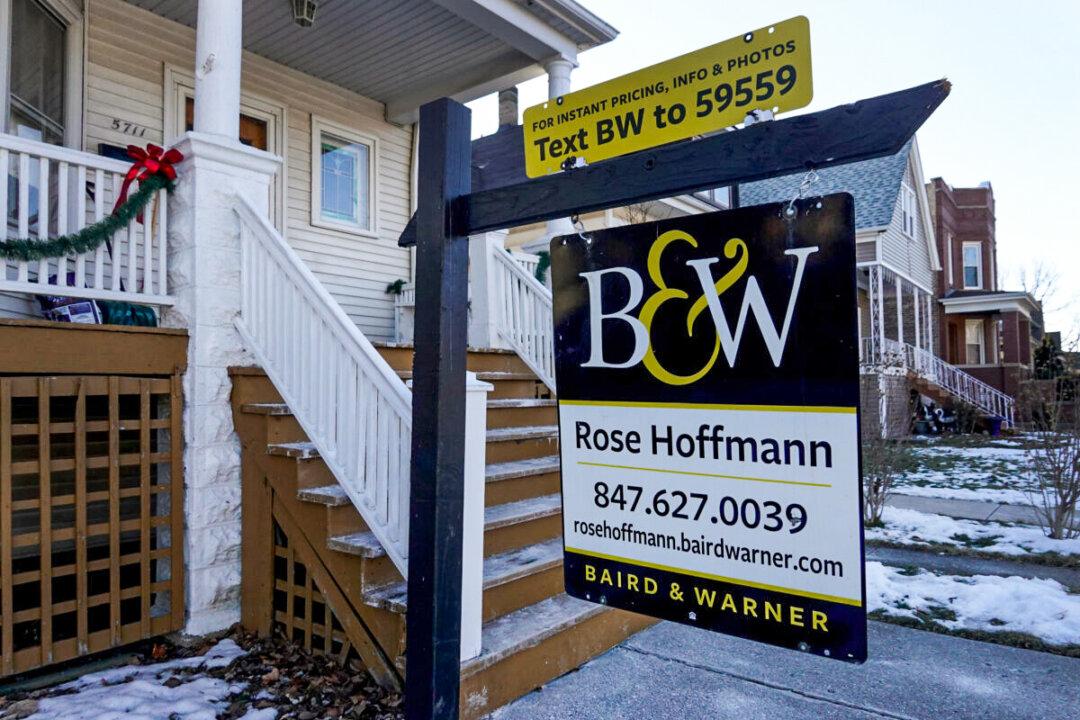U.S. home sales fell in February to a near-record low, as shortages of houses and double-digit price growth continue to push first-time buyers out of the market.
Contracts to buy resold homes, which account for the bulk of U.S. home sales, have fallen for three straight months in all four regions of the United States, according to a March 18 National Association of Realtors (NAR) report.





